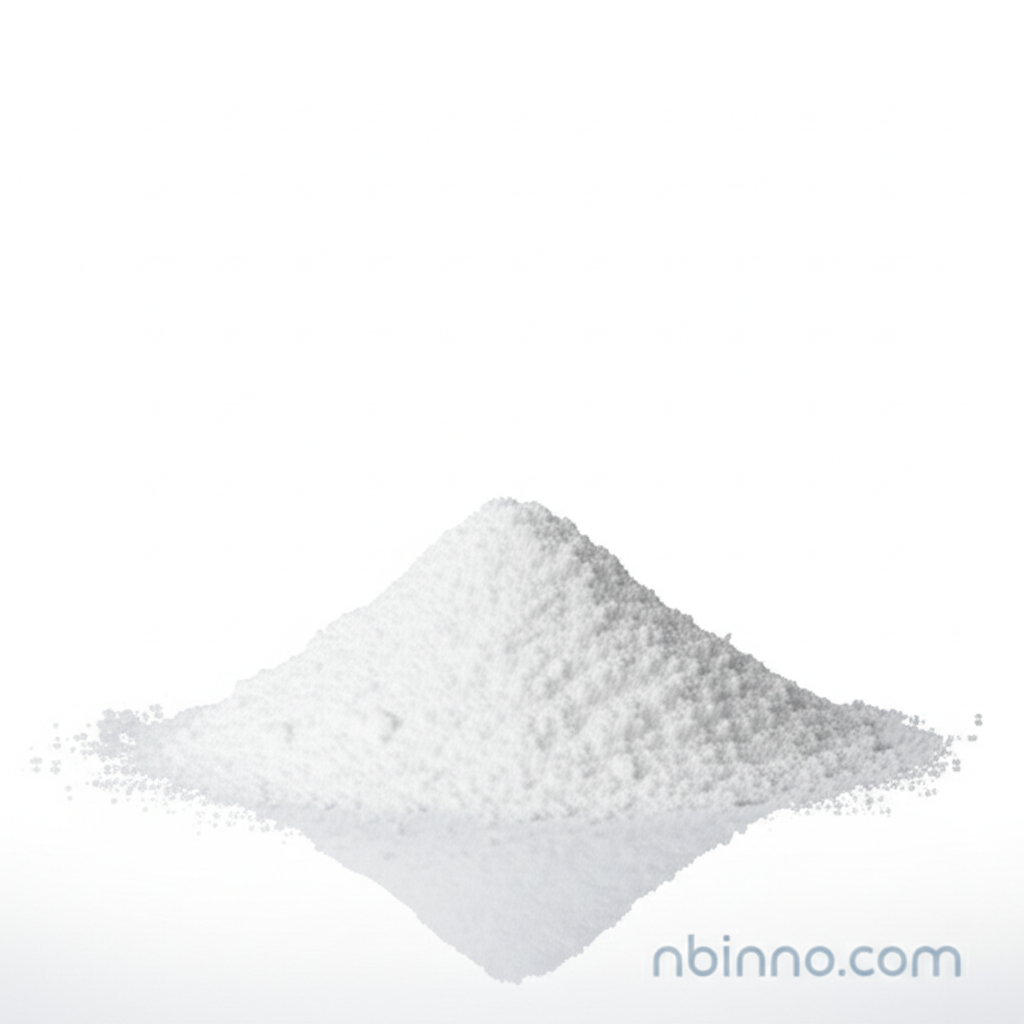Fibronectin: Enhancing Cell Adhesion, Migration, and Tissue Repair
Discover the critical role of Fibronectin in cellular processes and regenerative medicine.
Get a Quote & SampleProduct Core Value

Fibronectin
Fibronectin is a crucial glycoprotein that plays a pivotal role in a multitude of biological processes, primarily related to cell adhesion and attachment to the extracellular matrix. Its intricate structure and diverse functions make it indispensable for cell growth, migration, differentiation, wound healing, and embryonic development.
- The fibronectin for cell culture facilitates robust cell attachment and spreading on surfaces, critical for establishing healthy cell cultures.
- Understanding the fibronectin extracellular matrix function is key to developing advanced biomaterials for tissue regeneration.
- The fibronectin role in wound healing is multifaceted, supporting cell migration and matrix remodeling for effective tissue repair.
- This high-purity fibronectin protein for research enables precise studies into cellular interactions and extracellular matrix assembly.
Advantages of Using Fibronectin
Enhanced Cell Adhesion and Spreading
Leverage the power of fibronectin for cell culture to promote superior cell adhesion and spreading, leading to more reliable experimental results and healthier cell growth.
Supports Tissue Regeneration Processes
Utilize fibronectin's integral role in wound healing and tissue repair to develop innovative therapeutic strategies and biomaterials for regenerative medicine, especially when buying fibronectin protein.
Versatile Applications in Life Sciences
From cell-based assays to advanced tissue engineering, fibronectin serves as a fundamental component, supporting a broad spectrum of research needs and contributing to breakthroughs in fibronectin protein for research.
Key Applications
Cell Culture and Cell-Based Assays
Fibronectin is widely used to coat culture surfaces, promoting cell attachment, growth, and differentiation, which is vital for various cell-based assays and understanding fibronectin for cell culture.
Wound Healing and Tissue Engineering
Its critical role in tissue repair makes fibronectin an essential component in scaffolds and therapies aimed at accelerating wound healing and facilitating tissue regeneration, often requiring careful consideration when you buy fibronectin protein.
Biomaterial Development
Fibronectin's ability to interact with other extracellular matrix components makes it valuable for creating advanced biomaterials that mimic the natural cellular environment, enhancing our understanding of fibronectin extracellular matrix function.
Fundamental Research
As a fundamental protein in cell biology, fibronectin is extensively used in research to elucidate cellular signaling pathways, matrix assembly, and disease mechanisms, highlighting the importance of fibronectin protein for research.
